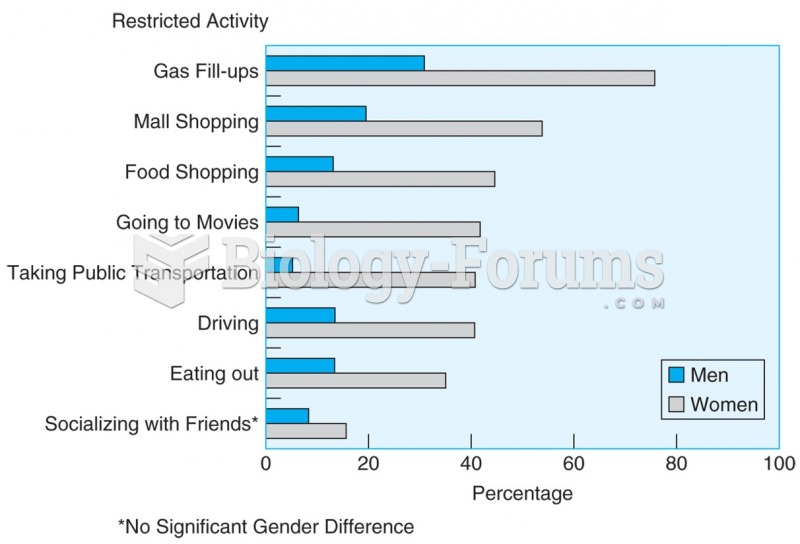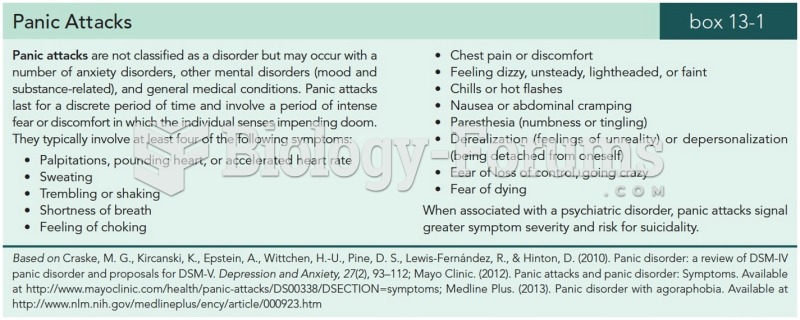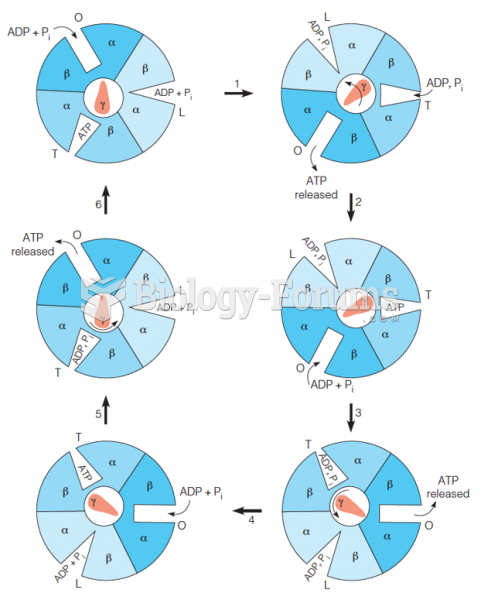Answer 1
Answer: D
Answer 2
Answer: A
Answer 3
Answer: The ideal answer should include:
a. The federal governments bailout package helped the biggest banks and financial firms.
b. The protestors in the Occupy Wall Street movement believed that the bailout package only helped one percent of the population.
c. They argued that the system was unfair because, for the one percent, profits were privatized (they kept all the profits) and losses were socialized (government absorbed the losses).
d. Meanwhile, the remaining 99 percent received no help.
e. The protestors made demands on behalf of the 99 percent: more regulation of Wall Street, more support for ordinary people, higher taxes for the wealthy, lower taxes for the poor, and more social services for the poor.
Answer 4
Answer: The ideal answer should include:
a. The U.S. invasion of Afghanistan toppled the Taliban.
b. However, the government the United States helped to build in Afghanistan could not sustain itself.
c. The U.S.-backed government continued to face attacks from the Taliban, which enjoyed support from segments of the population who viewed the Americans as invaders.
d. The U.S. invasion of Iraq overthrew Saddam Hussein.
e. The U.S. invasion destabilized Iraq and the Middle East.
f. The Islamic State (ISIS) gained a foothold in Iraq and Syria.
Answer 5
Answer: The ideal answer should include:
a. In the decade after the end of the Cold War, the United States was no longer monitoring and policing the world on a daily basis as it had done during the Cold War.
b. In response to the 9/11 attacks, George W. Bush declared a war on terror.
c. He predicted that it would be a protracted war that would be conducted in the open and in secret.
d. He divided the world into two camps, just as Harry Truman had done at the beginning of the Cold War.
e. On one side were the United States and its allies.
f. On the other side were terrorists and the countries that support terrorism.







